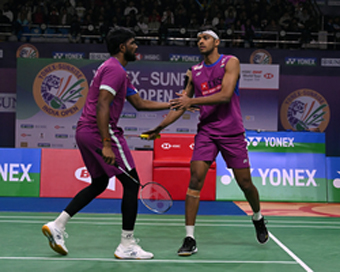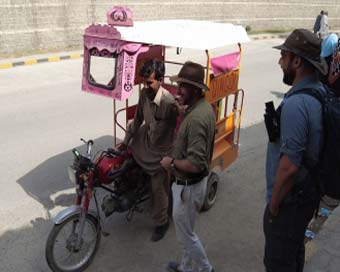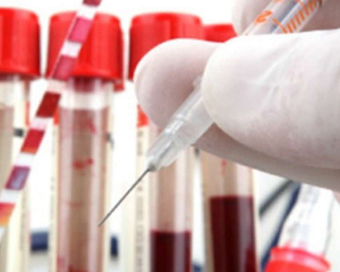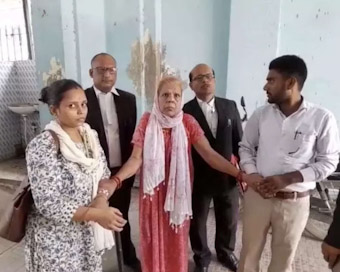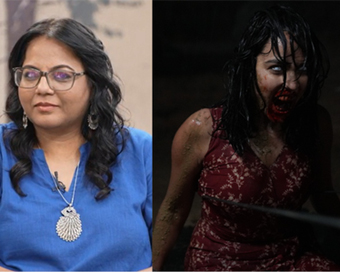Gallery
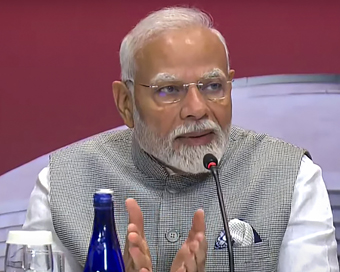 PM Modi visit USA
PM Modi visit USA Only the mirror in my washroom and phone gallery see the crazy me : Sara Khan
Only the mirror in my washroom and phone gallery see the crazy me : Sara Khan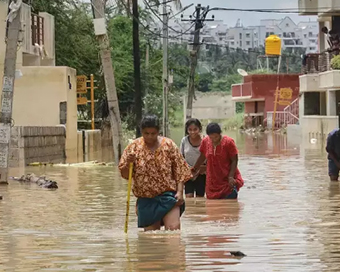 Karnataka rain fury: Photos of flooded streets, uprooted trees
Karnataka rain fury: Photos of flooded streets, uprooted trees Cannes 2022: Deepika Padukone stuns at the French Riviera in Sabyasachi outfit
Cannes 2022: Deepika Padukone stuns at the French Riviera in Sabyasachi outfit Ranbir Kapoor And Alia Bhatt's Wedding Pics - Sealed With A Kiss
Ranbir Kapoor And Alia Bhatt's Wedding Pics - Sealed With A Kiss Oscars 2022: Every Academy Award Winner
Oscars 2022: Every Academy Award Winner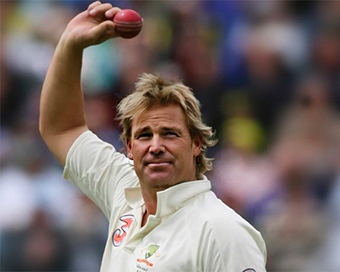 Shane Warne (1969-2022): Australian cricket legend's life in pictures
Shane Warne (1969-2022): Australian cricket legend's life in pictures Photos: What Russia's invasion of Ukraine looks like on the ground
Photos: What Russia's invasion of Ukraine looks like on the ground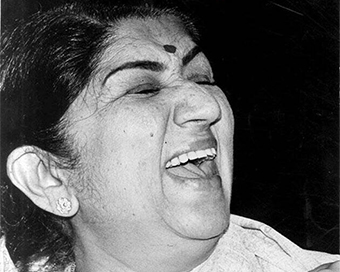 Lata Mangeshkar (1929-2022): A pictorial tribute to the 'Nightingale of India'
Lata Mangeshkar (1929-2022): A pictorial tribute to the 'Nightingale of India' PM Modi unveils 216-feet tall Statue of Equality in Hyderabad (PHOTOS)
PM Modi unveils 216-feet tall Statue of Equality in Hyderabad (PHOTOS)The Badminton Association of India (BAI) has announced a 14-member-strong India squad for
- Men’s Sr Hockey Nationals to be played in division-based format from April 4
- Mensik denies Djokovic 100th title in Miami final
- KIPG: Son of a vegetable vendor, Bihar’s Jhandu Kumar eyes Worlds, 2028 Paralympics
- Hardik Singh credits hard work and team unity for receiving HI Midfielder of the Year award
- Djokovic, Alcaraz land in same half of Miami draw
Vaccine hesitancy quite high in Delhi-NCR, reveals survey Last Updated : 21 Jan 2021 10:07:26 PM IST 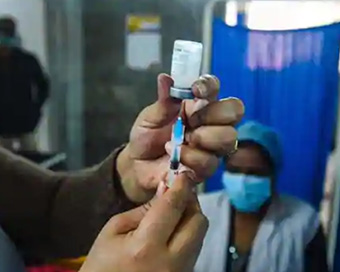
According to a survey conducted by the National Council of Applied Economic Research (NCAER), about 20 per cent respondents are certain about not taking the Covid-19 vaccine.
The NCAER released the results of Round 4 of its Delhi-NCR Coronavirus Telephone Survey (DCVTS-4) on Thursday.A significant rural (22.4%) and urban (17.5%) differences were observed. An additional 4% of respondents mentioned that they will not take it as they are already infected.Another 15% are unsure about taking the vaccine. Combining all these three categories, one can argue that at this point vaccine hesitancy is quite high (39%) in Delhi-NCR.No significant association was observed between age, gender of respondent and vaccine hesitancy. Less educated (0-4 years of complete education) respondents are more hesitant to take vaccines (52%). Improved trust in vaccine development and approval process as well as overall trust in the government health systems may play an important role in reducing vaccine hesitancy.In the context of the debate whether vaccine is a public or private good, DCVTS-4 asked about people's willingness to pay for two doses of coronavirus vaccine to those who are willing to take vaccine or unsure about it.About 41% respondents think that the vaccine should be provided free either by the government or their employer. An additional 14% said they will not pay more than Rs 500. The proportion of respondents expecting free vaccine is significantly higher among respondents from poor economic status (48%) and casual wage workers (51%). Interestingly, about a similar proportion of people (40%) are willing to pay as much as required for two doses of the vaccine. Understandably, this proportion is higher (45%) among respondents from rich households.Because of COVID-related pressure on the health system, the disruption of routine health services emerged as a major area of concern.To understand the current situation of healthcare access, DCVTS-4 asked about the experience of household members in availing medical services in the last 3 months (October-December) for a varied range of health needs.The findings suggest that the prevalence of disruption of medical services is dependent upon the type of services. Services that are commonly used and are generally available close to home, e.g.,access to medication, treatment of minor illnesses like fever, cough and cold, diarrhea, pregnancy and delivery related services, childhood immunization, the level of disruption is low.However, specialized services that often require travelling outside the village or the local neighbourhood, e.g. care for cardiovascular diseases, cancer, chronic respiratory illness, and kidney disease were more difficult to avail.However, due to their rarity this affected a smaller proportion of households. For example, 23% of 175 households experiencing chronic respiratory illness or kidney disease faced difficulty (either did not receive the service or received with difficulty) in availing medical care.The proportion of disruption is 28% for cardiovascular disease or cancer care among 125 households who needed care. In comparison, 7.5% had trouble obtaining treatment for minor illnesses. This may reflect both demand and supply constraints. DCVTS-4 data suggest that that 37% households believe that the healthcare service capacity is below the normal level. At the same time, about 22% respondents reported that they would either avoid visiting medical facilities even now or visit only if there is an emergency.While employment recovery is well under way as judged by many sources, the lingering impact of lockdown should not be underestimated. During the pandemic period (April-Dec), about 80% of the households suffered some sort of economic hardship such as decrease in salary or daily wages (36%), someone in the household lost job (31%), difficulty in finding work (31%), business closed or business income declined (23%). Long term economic impacts are most apparent for small business owners and salaried workers.About 12% of households whose primary source of income was business before the pandemic changed their occupation either shifted to small jobs or undertook casual wage work or currently do not have any source of income. Households whose main source of income was salaried work before the pandemic, about 14% of them have shifted their occupation to something else.This occupational shift seems to have a negative impact on the household. Households that lost jobs or had to close their businesses tried to find alternative work, mostly work that was less remunerative than the work they lost.Looking at the living conditions of households that changed the primary source of income suggests greater hunger and debt in current conditions.About 44% of the households whose primary source of income did not change during the pandemic had to resort to borrowing in the last 30 days prior to the survey to meet their day-to-day consumption needs and 12%of such households faced occasional situations of not having enough food due to financial constraints.The proportion of households facing such financial hardship are much higher among the households whose primary source of income has changed during the pandemic. 64% of such households borrowed and 29% suffered from occasional unavailability of food in 30 days prior to the survey.About 2.2% of the households reported that they do not have a source of income now, possibly subsisting on borrowing or selling assets.IANS New Delhi For Latest Updates Please-
Join us on
Follow us on








172.31.16.186

